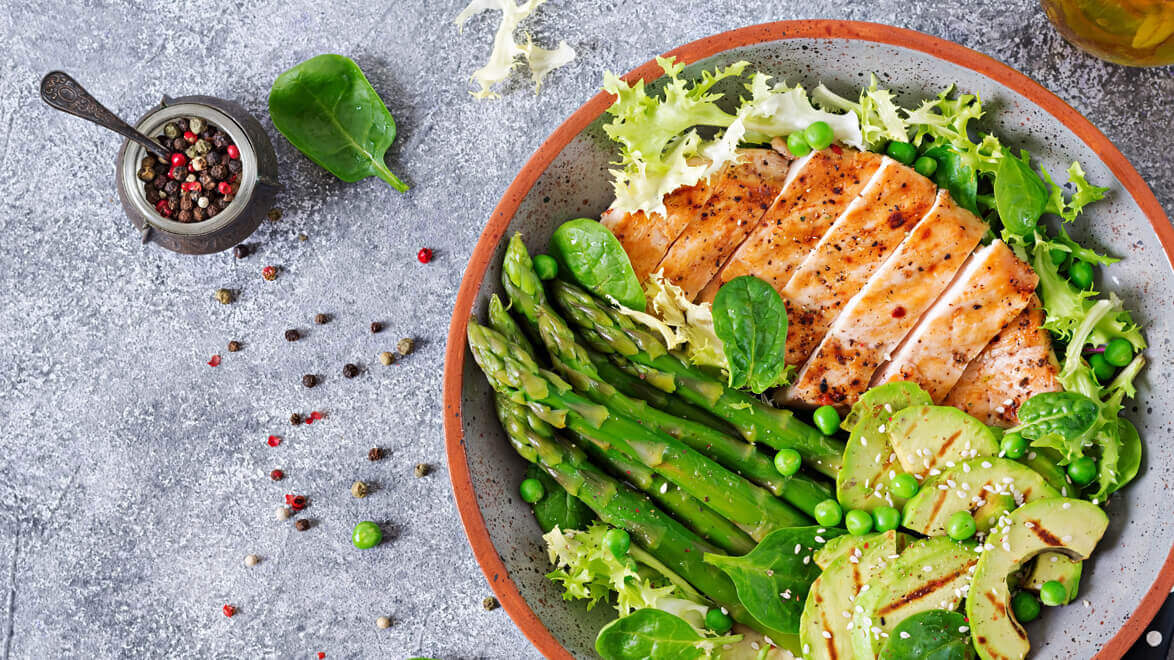This content was produced for the foundry @ Meredith Corp. Health editorial staff was not involved in its creation or production.
horizons
7 Ways to Eat More Vegetables
Pack your meals with healthy produce using these 7 tips.
Eating plenty of vegetables can help you get more fiber, nutrients and antioxidants in your diet, and may even help lower your risk of some health conditions. If you’re finding it difficult to get your daily servings of vegetables, try these tips.
1. Top proteins with sautéed vegetables.
Instead of topping cooked fish (or meat or poultry) with a sauce, use sautéed vegetables, such as peppers, onions and tomatoes. They’ll add plenty of flavor and nutrients—and at the same time, boost portion size without adding a lot of calories.
2. Replace carbs with vegetables.
Lighten carbs with low-cal veggies. If you love cheesy mashed potatoes or creamy pasta but not all the calories they deliver, replace some of the potatoes or pasta with vegetables, such as broccoli, cauliflower or peppers. You’ll get fewer calories and more disease-fighting antioxidants.
3. Use lettuce leaves in place of bread.
The next time you make a sandwich, consider lettuce leaves as an alternative to a bread slice or wrap. Just about any filling works beautifully. Try tuna or chicken salad, a stir-fry or even a burger.
4. Stock up on salsa.
The low-cal condiment is full of both flavor and fiber—and it packs a whole vegetable serving into every 1/2 cup.
5. Add spinach to nearly anything.
Add raw or cooked spinach to sandwiches, soups, stews and casseroles. It pumps up the volume—so you feel like you’re getting more—for few additional calories, and is packed full of nutrients.
6. Dress up your vegetables.
Eating plain steamed vegetables gets old fast. To keep vegetables from seeming boring, cook them with a little olive oil plus bold “no-calorie” flavorings such as garlic, ginger, herbs, spices, flavored vinegar or lemon juice.
7. Eat edamame.
Try adding edamame—green soybeans—into your diet. They have satisfying protein and fiber, and can be added to salads, stir-fries or soups. For a satisfying snack, try boiling them in their pods and serving them with a sprinkle of sea salt.




